
If you’re new to the scene or just curious about wine, understanding how to read a wine label can unlock a wealth of information about the bottle in your hands.
In this guide, I’ll walk you through the various elements you’ll find on a wine label so that you can use this information to buy the wines that you’ll enjoy.
Fun Fact: Did you know that wine labels can vary greatly depending on the country and region where the wine is produced? Resulting in a rich tapestry of label designs and information (and general confusion among would-be wine consumers. Unhelpful.)
- Country and Region (Legally Controlled)
- Name and/or Producer (Legally Controlled)
- Estate Bottled (Not Legally Controlled)
- Vineyard Designation (Not Legally Controlled)
- Reserve (Sometimes Legally Controlled)
- Old Vine or Villes Vins (Not Legally Controlled)
- Variety of Grape (Legally Controlled)
- Vintage or Non-vintage (Legally Controlled)
- Alcohol Level (Legally Controlled)
- Sulfites (Legally Controlled)
- Final Thoughts – Reading Wine Labels Unlocks the Wine Inside
Country and Region (Legally Controlled)
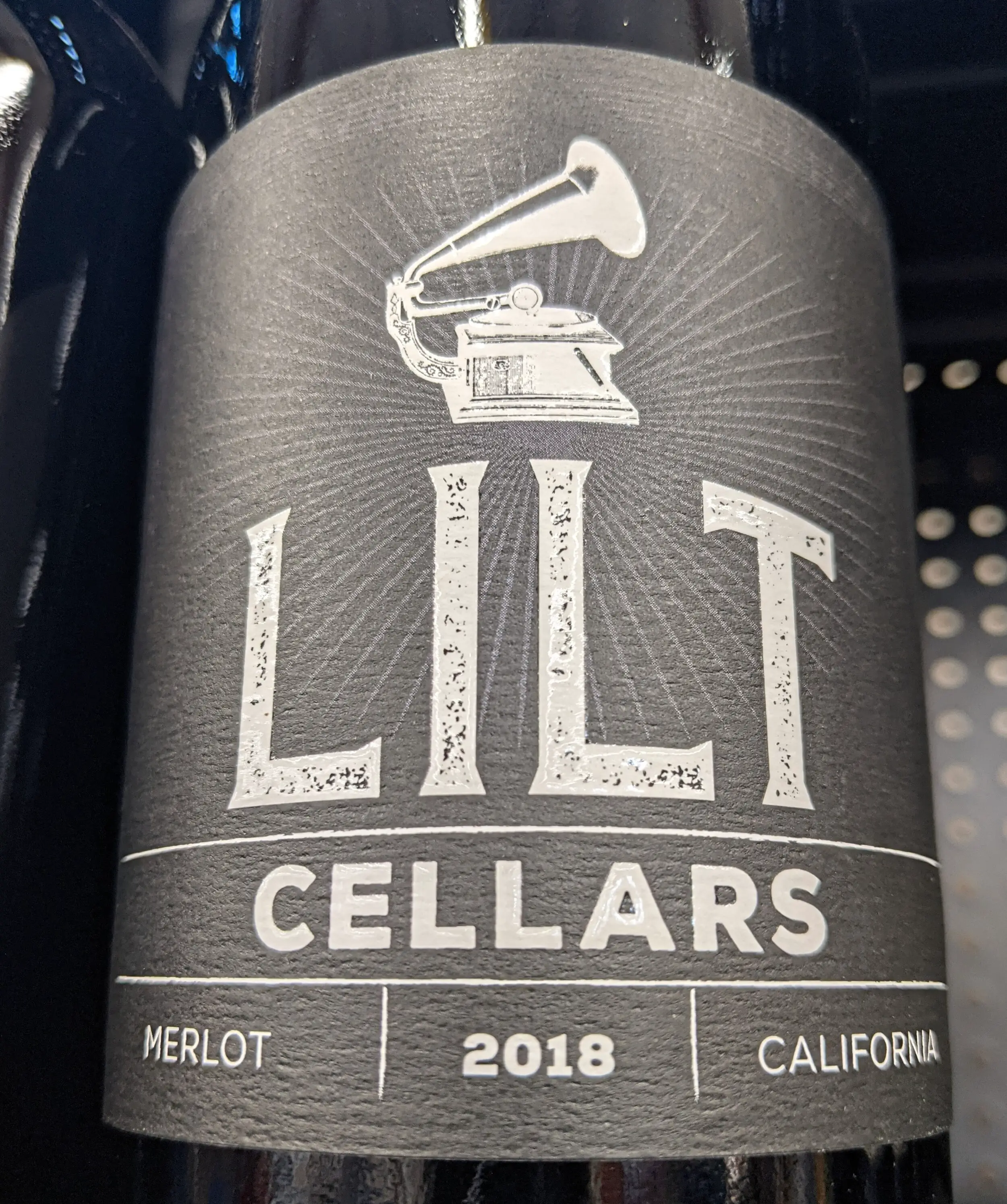
The country and region where a wine is produced play a significant role in determining its characteristics. Wine regions are often legally controlled, ensuring that wines meet specific quality standards and reflect the unique characteristics of the area.
Fun Wine Fact: In France and Italy, wines are classified into specific regions, such as Bordeaux or Burgundy or Chianti. Each region has its own set of rules and regulations, ensuring that the wines maintain their distinctive regional character.
Name and/or Producer (Legally Controlled)
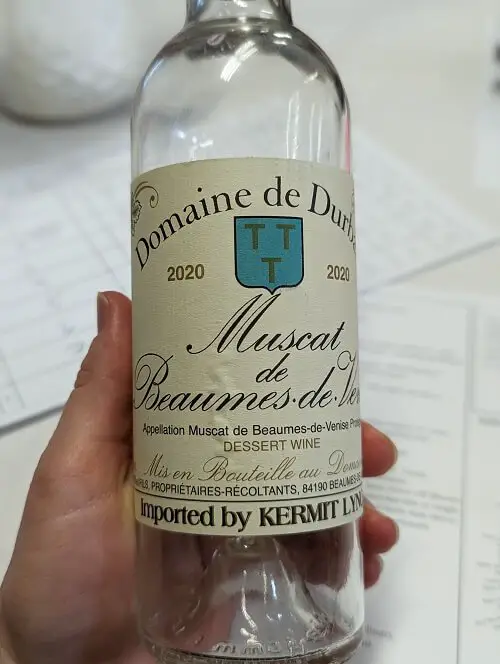
The name and producer information on a wine label provide crucial insights into the wine’s origin and the people behind its creation. Legally controlled labels require accurate producer identification, allowing you to recognize reputable winemakers and establish trust.
Marketing Tactic: Some winemakers include their family crest or emblem on the label, symbolizing their heritage and tradition passed down through generations.
Helpful Tip: When a wine label provides more information about the producer, it often indicates that the wine is of better quality.
Example: Wine labels that lack specific contact information, only mentioning generic terms like “produced and bottled by,” without providing further details about the producer, might suggest wines made by bulk wine producers.
These producers typically prioritize large-scale production, sourcing grapes or wines from various suppliers without emphasizing their own unique vineyards or winemaking practices.
Estate Bottled (Not Legally Controlled)

Ever come across the term “estate bottled” on a wine label? This indicates that the wine was produced and bottled by the same winery that owns the vineyard. While it’s not a legally controlled term, estate-bottled wines often showcase the commitment and pride of a winery in crafting a wine from their own vineyard.
Helpful Tip: Estate-bottled wines are often associated with smaller, family-owned wineries, where every step of the winemaking process is carefully controlled, resulting in wines that truly represent the vineyard’s terroir.
Caveat: The challenge with being an estate producer, however, is that during marginal growing years when the grapes struggle, the estate may have to make lower-quality wines. But, you know they’re committed to winemaking nonetheless.
Vineyard Designation (Not Legally Controlled)
Some wine labels may mention specific vineyard designations, indicating that the grapes used to make the wine were sourced from a particular vineyard. While not legally controlled, vineyard designation provides valuable information about the wine’s origin and quality.
Fun Fact: In California’s Napa Valley, vineyard designation is highly sought after. Some vineyards have gained legendary status, such as To Kalon Vineyard, known for producing exceptional Cabernet Sauvignon grapes.
Reserve (Sometimes Legally Controlled)
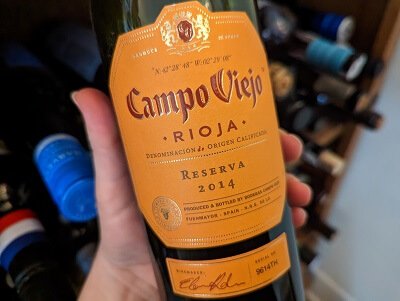
You might have noticed the term “reserve” on wine labels, but what does it really mean? Unlike legally controlled terms, the term “reserve” is not legally controlled term across regions and countries, and can vary between wineries. It often implies that the wine is of higher quality or has undergone additional aging.
Fun Fact: In Spain, the term “Reserva” on a wine label has a specific and legal meaning (it is controlled by regulation). “Reserva” indicates that the wine has been aged for a minimum of three years, including at least one year in oak barrels.
Old Vine or Villes Vins (Not Legally Controlled)
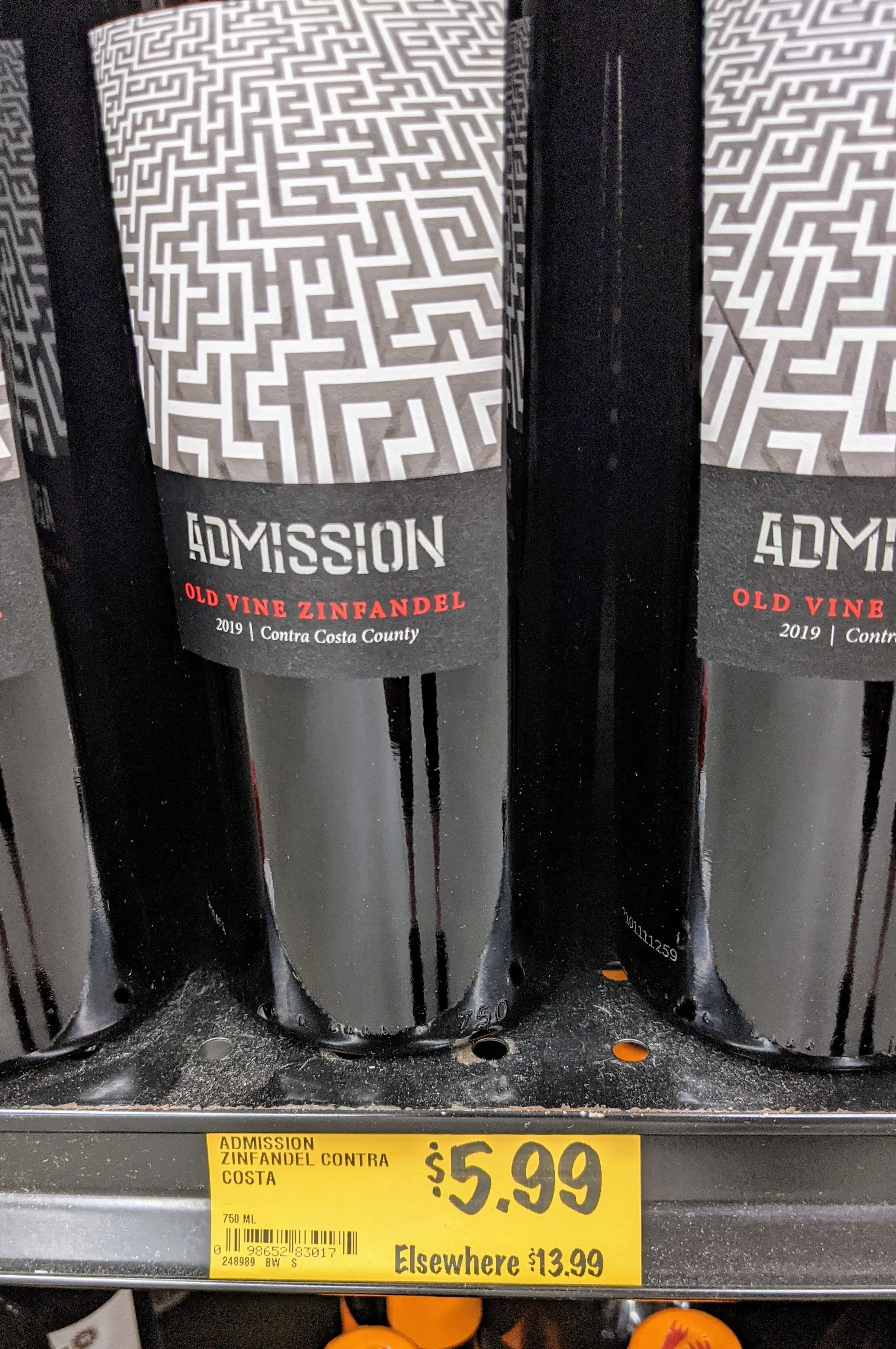
Labels occasionally feature terms like “old vine” or “villes vins,” which highlight the age of the vines from which the grapes were harvested. While not legally controlled, these terms suggest that the wine might possess unique qualities derived from older vines.
Fun Fact: Some of the oldest vineyards in the world are found in the Douro Valley of Portugal, home to the renowned Port wines. Some vines in this region are over 100 years old, contributing to the complexity and richness of the wines. Barossa Valley, in Australia, has even older vines.
Helpful Tip: Go check out this post on old vine wines and why they’re highly sought after.
Variety of Grape (Legally Controlled)
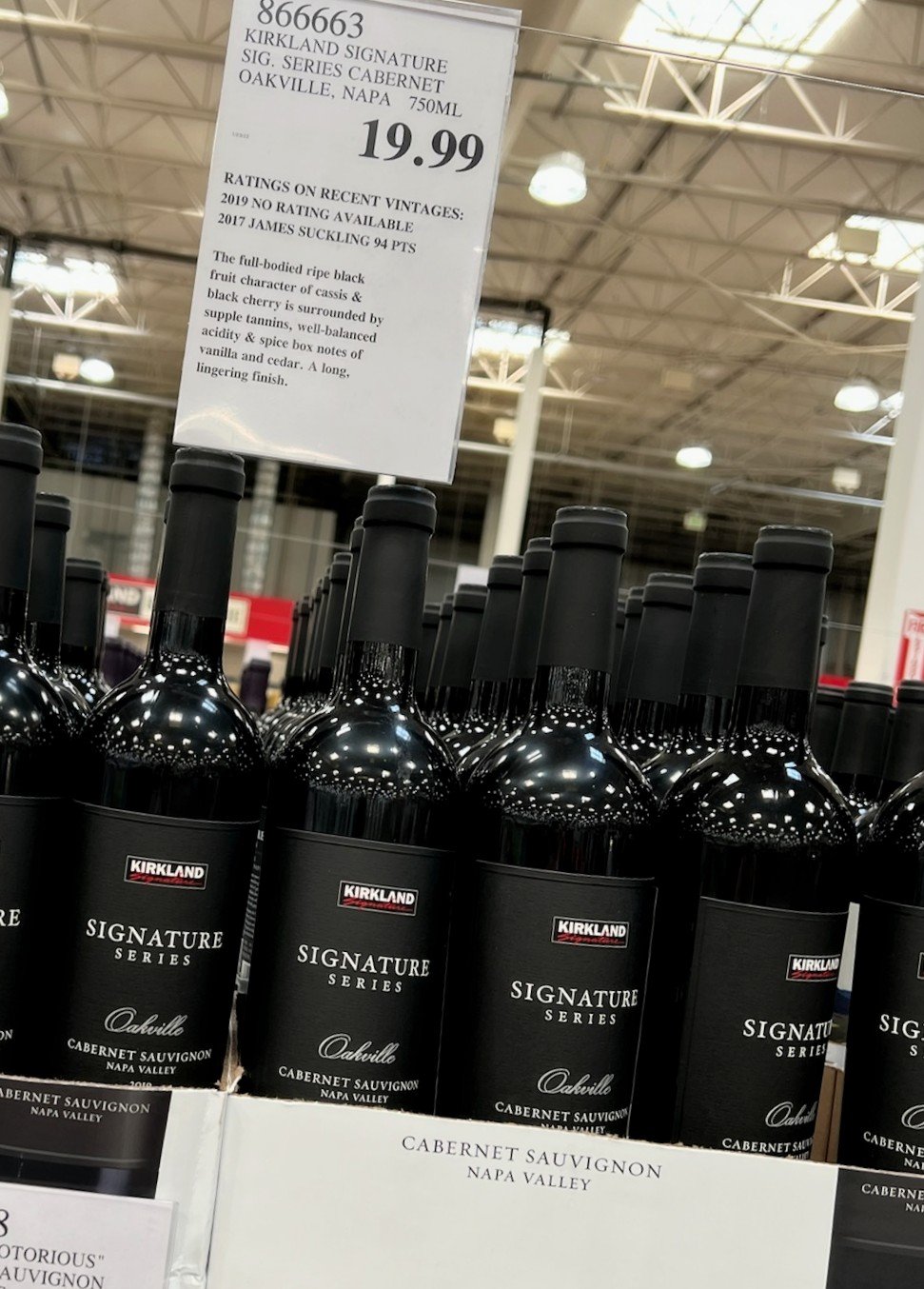
One legally controlled element you’ll find on wine labels is the grape variety used to make the wine. Knowing the grape variety can provide insights into the wine’s flavors and characteristics, helping you choose wines that align with your preferences.
Fun Fact: Cabernet Sauvignon, one of the most widely recognized grape varieties, is known for its bold flavors and ability to age gracefully. It is often associated with Bordeaux wines and is widely cultivated around the world.
Different wine regions require different minimum percentages of a certain grape variety if the producer wants to put that grape on the label.
Here are a few of the labeling laws for percentage of grapes:
- EU: The European Union (EU) requires that wines labeled with a specific grape variety must contain a minimum of 85% of that variety (many countries follow this minimum because of imports and exports).
- California & Washington: In California, for a wine to bear a specific grape variety on the label, it must contain a minimum of 75% of that variety. If an AVA (American Viticultural Area) is mentioned on the label, at least 85% of the grapes used must come from that AVA.
- Oregon: For wines labeled with a specific grape variety in Oregon, a minimum of 75% of that variety must be used in the wine. If an AVA (American Viticultural Area) is mentioned on the label, at least 95% of the grapes used in the wine must come from that AVA.
- Chile: In Chile, for a wine to display a specific grape variety on the label, it must contain a minimum of 75% of that variety.
- Australia: In Australia, wines labeled with a specific grape variety must contain a minimum of 85% of that variety.
Note: These requirements may vary within each country or region, but give a good overview of how the regulations that can vary between regions.
Vintage or Non-vintage (Legally Controlled)
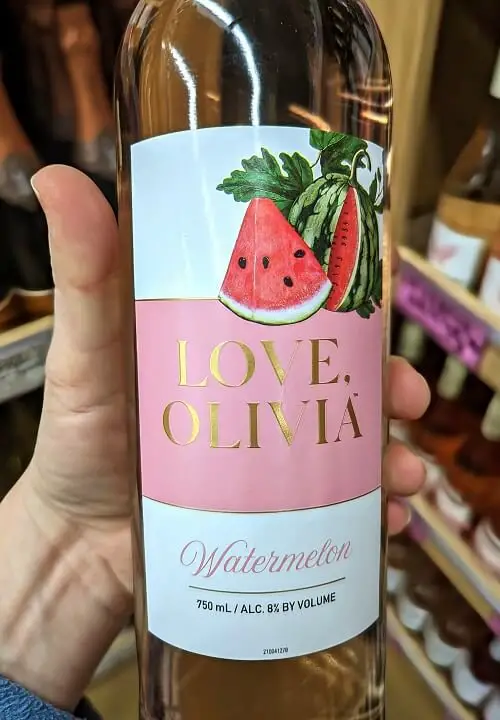
Wine labels often indicate the vintage, which refers to the year the grapes were harvested. In some cases, you may come across non-vintage wines, which are blends of wines from different years. The vintage can have a significant impact on a wine’s flavor and aging potential.
Fun Fact: In Champagne, France, non-vintage wines are highly valued. Champagne houses carefully blend wines from different years to achieve a consistent house style, ensuring that every bottle of their Champagne tastes similar.
Helpful Tip: Here’s a post that goes into detail about the reasons wine producers blend wines (spoiler alert: blending is common) and here’s a post on what vintage means in wine.
Alcohol Level (Legally Controlled)
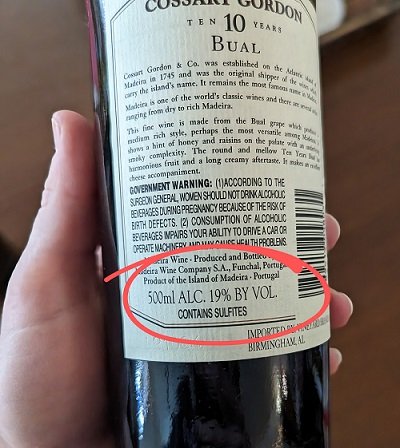
You might be wondering, is the alcohol level on a wine label really important? Absolutely! Here are three reasons why you should pay attention to the alcohol content before purchasing your next bottle:
- Taste Preference: Checking the alcohol level can give you a clue about the wine’s overall flavor profile. Wines with higher alcohol content tend to be fuller-bodied and bolder, while lower alcohol wines often offer lighter and more delicate flavors. By knowing the alcohol level, you can choose a wine that aligns with your taste preferences.
- Food Pairing: The alcohol level in wine can greatly impact its compatibility with different foods. For instance, high-alcohol wines may pair well with rich, robust dishes like steak or aged cheeses. But lower alcohol wines might be better suited for lighter fare like seafood or salads. Understanding the alcohol content can help you select the perfect wine to complement your meals. (Here’s a list of simple tips you can use to pair food flavors and wine.)
- Alcohol Sensitivity: For individuals who are sensitive to alcohol, knowing the alcohol level is crucial. Higher alcohol wines can have a more pronounced warming sensation and may affect individuals differently. By checking the alcohol content, you can make choices that align with your personal preferences and sensitivities.
Remember, the alcohol level is legally controlled (and often tracked for tax purposes) and is typically listed on the wine label.
ABV empowers you to make informed decisions and enhances your overall wine experience. So, take a moment to glance at the alcohol content, and let it guide you toward finding a wine that will fit your lifestyle needs
Fun Fact: The alcohol level in wine is determined by the sugar content of the grapes at the time of harvest. Ripe grapes with higher sugar levels tend to produce wines with higher alcohol levels. Here’s a post that dives into how wine fermentation works. It’s a little nerdy, but you might like that sort of thing.
Sulfites (Legally Controlled)
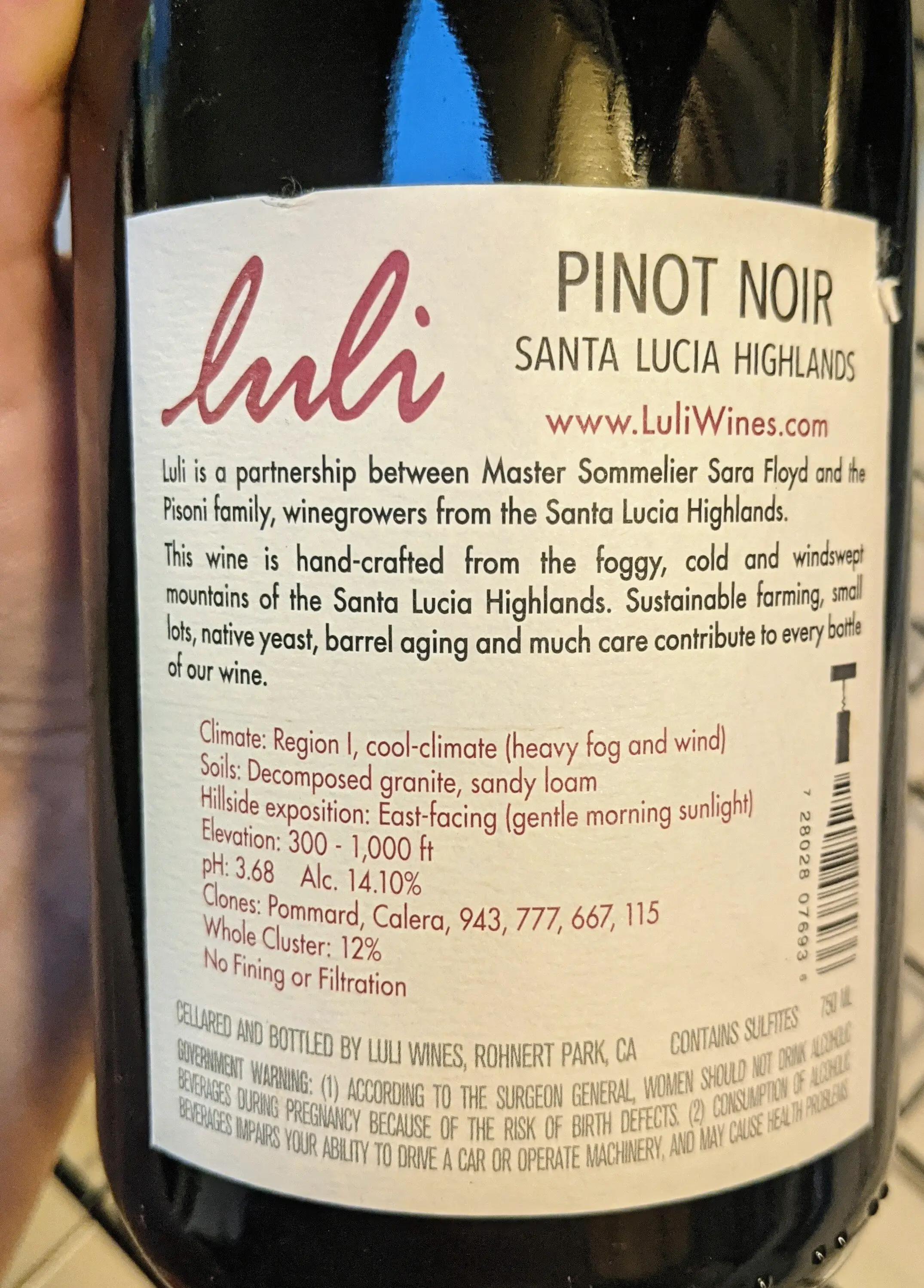
Sulfites are compounds that naturally occur in wine and act as preservatives. Wine labels often indicate the presence of sulfites, which is a legal requirement in many countries. This information is particularly important for individuals with sulfite sensitivities.
Fun Fact: Contrary to popular belief, sulfites are also present in various other food products, such as dried fruits, processed meats, and some types of cheese. Wine actually contains lower sulfite levels compared to several common food items.
Fun Fact #2: Sulfites come in powder form and look like crack (or table salt).
Final Thoughts – Reading Wine Labels Unlocks the Wine Inside

When reading wine labels, here are three key things to remember:
- Pay attention to the grape variety: Knowing the grape variety used in the wine can provide insights into its flavors and characteristics.
- Look for specific vineyard designations or estate bottling: Wines with specific vineyard designations or estate bottling often indicate higher quality and unique characteristics.
- Check the alcohol level: The alcohol content can impact the wine’s body, intensity, and potential food pairings, so it’s worth considering your preferences.
Remembering these key points will help you navigate and decode wine labels more effectively, to help you buy wines that align with your taste preferences.
Drink what you love.
Thirsty for More?
Go check out this post on 16 wine label terms you should know.
Just getting into wine? Jump over to this post to explore 11 popular wine regions and their signature wine styles.
Still trying to figure out that magical combination of food and wine? I put together this post on how flavors work with wine pairing to get you started.
I’m a big believer in tasting lots of wines to help build your wine knowledge. Here’s a helpful post on how to host your own DIY wine tasting for beginners.



